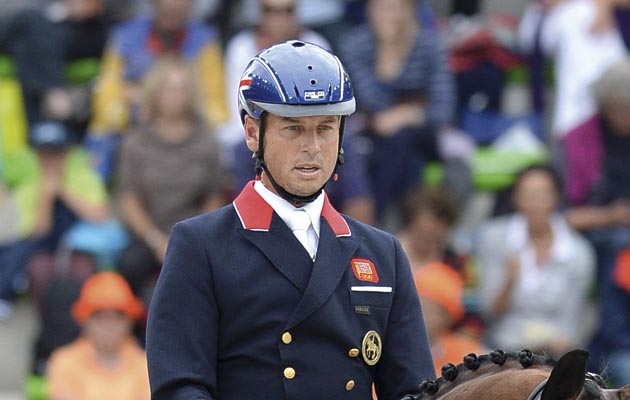The Rio Olympics are on the horizon and, as we know, equestrian sports, — particularly dressage and eventing — have been under threat for years. But with new sports coming in at Rio — golf and rugby sevens — and five more recommended for inclusion at Tokyo 2020 — baseball/softball, karate, skateboarding, sport climbing and surfing — this is a threat we need to take really seriously.
The big question mark with dressage is the length of the tests and the time it takes. In eventing it’s the cost and time of course-building and so on.
Great Britain must be at the forefront of trialling ideas and piloting classes to help our sport stay in the Olympics. In dressage, for example, the time it takes for each competitor to enter and leave the arena is something we could look at, especially as in showjumping by the time one competitor has finished a round the next is already in.
One of my questions is whether we need all those collective marks at the end of the test, which take time for the judges to enter. Should these be replaced with an overall mark for impression? I know this will probably cause gasps, hands up in horror and general uproar among those who don’t want the sport to change and to maintain the old classical tests but it is simple — if we don’t change, we’ll be out.
Those new sports waiting to get their places at the Olympics will have no issues with rules and regulations. They’ll be going to TV companies to ask what they want to see to make these sports exciting on telly.
What we need in dressage is cameras behind the scenes. It’s difficult that the FEI does not allow it, but what if viewers could see backstage, watch the preparation, and hear from the grooms getting horses ready? They do it in Formula One, at the pit stops where you can see the tension, the drama and the story unfolding. Let’s get our story out to the public.
Team managers and riders need to get their collective heads around the idea as this is interesting for the public and provides emotion to connect to. You only have to see all the clips of Alan Davies and Valegro on YouTube to get the picture. We must promote the teamwork, the harmony, the work that goes into our sport and the characters, both human and equine. Think back to what’s often referred to as the “golden age” of showjumping when the horses were household names.
Eventing and dressage are safe for Rio (if all the paperwork is in place of course), but let’s treat this as a window of opportunity and get working on how we can stay safe. We’re lucky that the BBC supports what we do, but what about the broadcasters who don’t? Let’s talk to TV producers and find out what we need to do to make the sport more appealing. Look at Channel 4 Racing. The main thing is that we get working, look at ideas and be prepared for change — if we’re to stay in the Olympics, that’s what we’ll have to do.
The mystery half-halt
A question I get asked a lot on my travels and when I’m teaching, that generates plenty of discussion, is what exactly is a half-halt? Well, what it isn’t is amateur dentistry leaving a trail of destruction in its wake. It’s an essential refining aid and most top riders will have their own way of describing it. So for the best explanation I turned to Podhajsky’s The Complete Training of Horse and Rider. It’s on page 40 in the old editions in all its glory — enjoy!
Ref: Horse & Hound; 22 October 2015

